Here's the thing about buying outdoor cushions – most people focus on color and price, then wonder why their "great deal" cushions look terrible after one season. I see it happen all the time, and honestly, it's frustrating because with just a little knowledge, you can avoid these expensive mistakes entirely.
After helping thousands of customers choose outdoor cushions over the past decade, I've identified the key factors that separate cushions that last years from those that disappoint within months. Some of these factors aren't obvious, and frankly, many retailers won't volunteer this information because it might complicate their sales process.
But you deserve to know what really matters when choosing outdoor cushions. Let me walk you through the essential considerations that will help you make a smart, informed decision – one that'll have you enjoying your outdoor space for years to come.
Fabric Quality: Beyond Pretty Patterns
Let's start with the most visible component – the fabric. This is where most marketing dollars get spent, but also where you'll find the biggest quality variations.
Understanding Fabric Construction
The weave pattern tells you more about durability than thread count ever will. Solution-dyed acrylic fabrics with tight, even weaves consistently outperform loosely woven alternatives, regardless of fiber content. When you're examining cushions, run your finger across the fabric – quality outdoor fabrics should feel substantial and show minimal stretch or distortion.
Pay particular attention to how the fabric handles at stress points. Gently pull at corners and seam areas. Quality fabrics maintain their structure under moderate stress, while inferior materials show immediate puckering or thread separation.

Color Fastness and UV Resistance
According to the Sunbrella Fabrics Technical Guide, quality outdoor fabrics should maintain color integrity for at least 1,000 hours of UV exposure testing. This translates to roughly 3-4 years of normal outdoor use without significant fading.
Here's a simple test you can do – ask to see fabric samples that have been displayed in the showroom for several months. Compare these to fresh samples of the same fabric. Quality outdoor fabrics should show minimal color variation, while inferior fabrics often display noticeable fading even from showroom lighting.
Insider Tip: Beware of outdoor cushions labeled as "fade resistant" versus "fade proof." Fade resistant fabrics will show color changes over time, just more slowly. True outdoor-grade fabrics maintain their original appearance much longer and cost significantly more to manufacture.
Fill Material: The Foundation of Comfort
We've covered foam versus polyester in detail elsewhere, but when shopping for cushions, you need to know how to evaluate fill quality on the spot.
The Compression Test
Press firmly on the cushion with your palm, then release. Quality fill material should recover to at least 90% of its original height within 10-15 seconds. Slow recovery or permanent indentation indicates inferior fill that won't maintain comfort over time.
For foam-filled cushions, pay attention to how the compression feels. High-quality foam provides consistent resistance throughout the compression cycle. Cheap foam feels either too soft initially then suddenly firms up, or provides uneven resistance that varies across the cushion surface.
Fill Distribution and Density
Run your hands across the entire cushion surface. You shouldn't feel any lumps, voids, or areas where the fill has obviously shifted. Quality manufacturers use specific filling techniques to ensure even distribution, while budget producers often show inconsistencies that affect both comfort and appearance.
For polyester-filled cushions, gently squeeze different areas. The fill should feel consistent throughout, with no areas that feel significantly denser or more compressed than others.

Construction Details That Matter
This is where you'll separate quality cushions from mass-produced alternatives. The construction details often invisible to casual inspection make enormous differences in longevity.
Seam Quality and Reinforcement
Examine seam construction closely. Quality outdoor cushions use double-stitched seams with marine-grade thread that resists UV degradation and moisture. The stitching should be even and consistent, with no skipped stitches or loose threads.
Look for reinforcement at stress points – corners, where ties attach, and along edges that receive the most wear. Bartacking (dense zigzag stitching) at these points indicates attention to durability that extends cushion life significantly.
Zipper and Closure Systems
If cushions have removable covers, the closure system becomes critical. Standard zippers are fine for indoor use but often fail outdoors due to salt air, UV exposure, and thermal cycling.
Look for corrosion-resistant zippers with substantial zipper tape. YKK zippers with marine-grade coatings cost more but perform much better in outdoor environments. Alternatively, some premium cushions use hook-and-loop closures designed specifically for outdoor use.
Red Flag Warning: Be wary of cushions with exposed metal components unless they're specifically rated for marine environments. Standard hardware corrodes quickly outdoors, leading to staining, functionality issues, and premature failure.
Size and Fit Considerations
Getting the right size seems obvious, but there are nuances that many people miss, leading to cushions that look wrong or don't stay in place.
Measuring Beyond Basic Dimensions
Don't just measure length and width – consider depth and how the cushion will interact with your furniture's design. Many outdoor chairs have contoured seats that require specific cushion profiles to look proportional and provide proper support.
For square chair cushions, pay attention to corner radius if your furniture has rounded corners. A square cushion on rounded furniture looks awkward and may not stay positioned properly.
Thickness and Proportion
Cushion thickness affects both comfort and aesthetics. As a general rule, dining chairs work best with 2-3 inch cushions, while deep seating requires 4-6 inches for proper support and visual proportion.
Consider your furniture's scale. Oversized cushions on delicate furniture look clunky, while thin cushions on substantial furniture appear inadequate. The goal is visual and functional harmony between cushion and furniture.
Weather Resistance Features
Different climates demand different weather resistance features. Understanding what your specific environment requires helps you avoid paying for unnecessary features or missing critical ones.
Water Management Systems
True waterproof cushions cost significantly more than water-resistant alternatives. Evaluate whether you actually need waterproof performance or if water-resistant fabrics with quick-dry fill will meet your needs.
Look for drainage features like grommets or specialized fill materials that allow trapped moisture to escape. Some premium cushions include ventilation channels that promote airflow and prevent moisture buildup.
UV Protection Levels
The American Cancer Society rates UV exposure levels by geographic region and season. Your cushion fabric should provide protection appropriate to your environment's UV intensity.
For high-UV environments like the Southwest or high altitudes, look for fabrics with UPF (Ultraviolet Protection Factor) ratings of 50+. Moderate UV environments can use fabrics with UPF 30-50, while low-UV areas may be fine with basic UV-resistant treatments.
Weather Resistance Checklist:
- Water protection: Appropriate level for your rain exposure
- UV rating: Matches your climate's intensity
- Temperature tolerance: Handles your seasonal temperature range
- Wind resistance: Securing options for windy conditions
- Salt air resistance: If you're within 10 miles of coastline
Color and Pattern Strategy
Color choice affects more than aesthetics – it impacts performance, maintenance requirements, and long-term satisfaction.
Performance Implications of Color
Dark colors absorb more heat and UV radiation, leading to faster degradation and uncomfortable surface temperatures. Light colors reflect heat but show dirt and stains more readily. Medium-toned colors with patterns often provide the best balance of performance and appearance.
Consider your furniture's color and material. Dark cushions on dark furniture can create a heavy, oppressive look, while light cushions on light furniture may lack visual interest. Contrast generally works better than matching.

Pattern Considerations
Busy patterns hide wear and minor stains better than solid colors, but they can also make spaces feel cluttered if overused. Consider the scale of your outdoor space and furniture when selecting patterns.
Large-scale patterns work well on substantial furniture and spacious areas, while small patterns are better suited to compact spaces and delicate furniture designs. Mixed patterns can work but require careful coordination to avoid visual chaos.
Maintenance Requirements
Understanding maintenance requirements before purchase prevents unpleasant surprises and helps you budget both time and money for cushion care.
Cleaning Frequency and Methods
Different fabric and fill combinations require different cleaning approaches. Some cushions can be hosed off and air dried, while others need professional cleaning or specific detergent types.
Ask specifically about cleaning requirements and factor this into your decision. Low-maintenance cushions might cost more initially but save significant time and expense over their lifetime.
Storage Considerations
Consider whether you have appropriate storage for your cushions during extreme weather or off-season periods. Some cushions are designed to withstand weather year-round, while others require protection to maintain their appearance and performance.
Factor storage space and handling requirements into your selection. Large, heavy cushions might offer superior comfort but become impractical if you need to move them frequently.
Maintenance Reality Check: The cushions that require the least maintenance often provide the longest service life. Sometimes paying more for easy-care features proves much more economical than dealing with high-maintenance alternatives.
Price vs. Value Analysis
Price alone doesn't determine value, but understanding what drives cushion pricing helps you identify genuine quality versus marketing markup.
Understanding Cost Drivers
Fabric quality, fill material, construction complexity, and brand positioning all affect pricing. Premium materials and construction techniques cost more to produce but often provide dramatically better performance and longevity.
Be particularly wary of cushions that seem significantly underpriced for their claimed features. Genuine outdoor-grade materials and construction have minimum cost thresholds – prices below these levels usually indicate compromised quality.
Total Cost of Ownership
Calculate the cost per year over the expected lifespan rather than just comparing purchase prices. A $150 cushion that lasts five years costs $30 per year, while a $50 cushion that needs replacement every year costs $50 per year.
Factor in replacement hassle, disposal costs, and the opportunity cost of time spent dealing with failed cushions. Quality cushions often represent better value even when they cost significantly more initially.
Brand Reputation and Warranties
Brand reputation in the outdoor furniture industry varies significantly, and warranty terms often reveal more about expected performance than marketing materials.
Evaluating Brand Credibility
Look for brands with specific expertise in outdoor furniture rather than general home goods companies that happen to make outdoor cushions. Specialized manufacturers understand the unique challenges of outdoor use and engineer their products accordingly.
Research customer reviews, but focus on reviews from people in similar climates with similar usage patterns. A cushion that works great in Phoenix might fail miserably in Miami, and vice versa.

Understanding Warranty Coverage
Read warranty terms carefully – many cover manufacturing defects but exclude "normal wear" or damage from "improper care." Understanding what's actually covered helps set realistic expectations and influences your purchase decision.
Long warranty periods (3+ years) generally indicate manufacturer confidence in their products, while short warranties or complex exclusions may signal quality concerns.
Custom vs. Standard Options
Sometimes standard cushion sizes don't fit your furniture or design vision perfectly. Understanding when custom options make sense can save money and improve satisfaction.
When Custom Makes Sense
For unusual furniture dimensions, specific color requirements, or performance needs that standard cushions can't meet, custom options often provide better value than compromising with standard alternatives.
Consider custom solutions for outdoor egg chair cushions or outdoor papasan chair cushions where standard sizes rarely provide optimal fit and appearance.
Custom Considerations
Custom cushions typically require longer lead times and may not be returnable if you're unsatisfied with the final product. Ensure you're working with experienced manufacturers who can guide you through the specification process.
For unique applications like neck roll pillows or specialty shapes, custom manufacturing might be the only way to achieve the exact functionality and appearance you want.
Seasonal and Storage Planning
Consider how your cushions will be used throughout the year and what storage or protection they'll need during extreme weather periods.
Seasonal Performance Variations
Cushion materials perform differently across seasons. What feels comfortable in spring might be too hot in summer or too firm in winter. Consider your primary usage seasons when selecting materials and thickness.
Some regions experience dramatic seasonal weather changes that require cushions capable of handling both extreme heat and cold, wet and dry conditions. Ensure your selected cushions can handle your full seasonal range.

Storage Infrastructure
Evaluate your storage capabilities before selecting cushions. Large, thick cushions provide superior comfort but require substantial storage space. Thin, lightweight cushions are easier to handle but may not provide adequate comfort for extended use.
Consider storage solutions that protect cushions while keeping them easily accessible. Outdoor storage boxes, covered areas, or basement storage all have different requirements for cushion materials and construction.
Environmental and Health Considerations
Modern outdoor cushions use various treatments and materials that may affect environmental impact and user health.
Chemical Sensitivities
Some outdoor fabric treatments and foam materials can trigger reactions in chemically sensitive individuals. If you or family members have sensitivities, look for certifications like GREENGUARD Gold or CertiPUR-US that indicate lower chemical emissions.
Natural fiber alternatives exist but often sacrifice performance for reduced chemical content. Evaluate the trade-offs based on your specific health needs and environmental concerns.
Sustainability Factors
According to the EPA's waste management data, furniture disposal represents a significant portion of municipal solid waste. Choosing durable cushions that last longer reduces environmental impact through reduced replacement frequency.
Some manufacturers offer recycled-content cushions or take-back programs for end-of-life disposal. These options cost more initially but may align better with environmental values.
Health Consideration: Poorly ventilated cushions can harbor mold, mildew, and bacteria that pose health risks, especially for people with respiratory conditions. Prioritize cushions with good moisture management regardless of other features.
Installation and Setup Requirements
Consider the practical aspects of getting your cushions installed and properly positioned on your furniture.
Securing Systems
Outdoor cushions need to stay in place despite wind, activity, and weather. Tie systems, non-slip bottoms, and weighted designs all address this challenge differently.
Evaluate securing options based on your specific conditions. Windy locations need more robust securing systems than sheltered areas. High-activity areas benefit from cushions that stay positioned without constant adjustment.
Break-In Period
Many quality outdoor cushions require a break-in period to achieve optimal comfort and appearance. Foam cushions may feel firmer initially, while fabric colors might appear slightly different until UV exposure stabilizes the dyes.
Understanding normal break-in characteristics prevents unnecessary concern and helps set appropriate expectations for new cushion performance.
Your Outdoor Oasis Starts with Smart Choices
Choosing the right outdoor cushions isn't about finding the cheapest option or the most expensive one – it's about finding the perfect match for your specific needs, climate, and lifestyle. With the knowledge you've gained here, you can confidently evaluate options and make decisions that will enhance your outdoor living for years to come.
At Rulaer, we understand that every outdoor space is unique, which is why we offer both standard and custom solutions to meet diverse needs. Whether you're looking for outdoor rocking chair cushions for a peaceful morning routine or comprehensive seating solutions for entertaining, we're here to help you make the best choice for your situation.
Our experience with thousands of outdoor projects has taught us that the right cushions transform outdoor spaces from merely functional to truly enjoyable. Don't settle for cushions that disappoint – invest in comfort, quality, and peace of mind.
Ready to find your perfect outdoor cushions? Browse our collection with confidence, knowing you have the knowledge to make smart, informed choices that will serve you well for years to come.

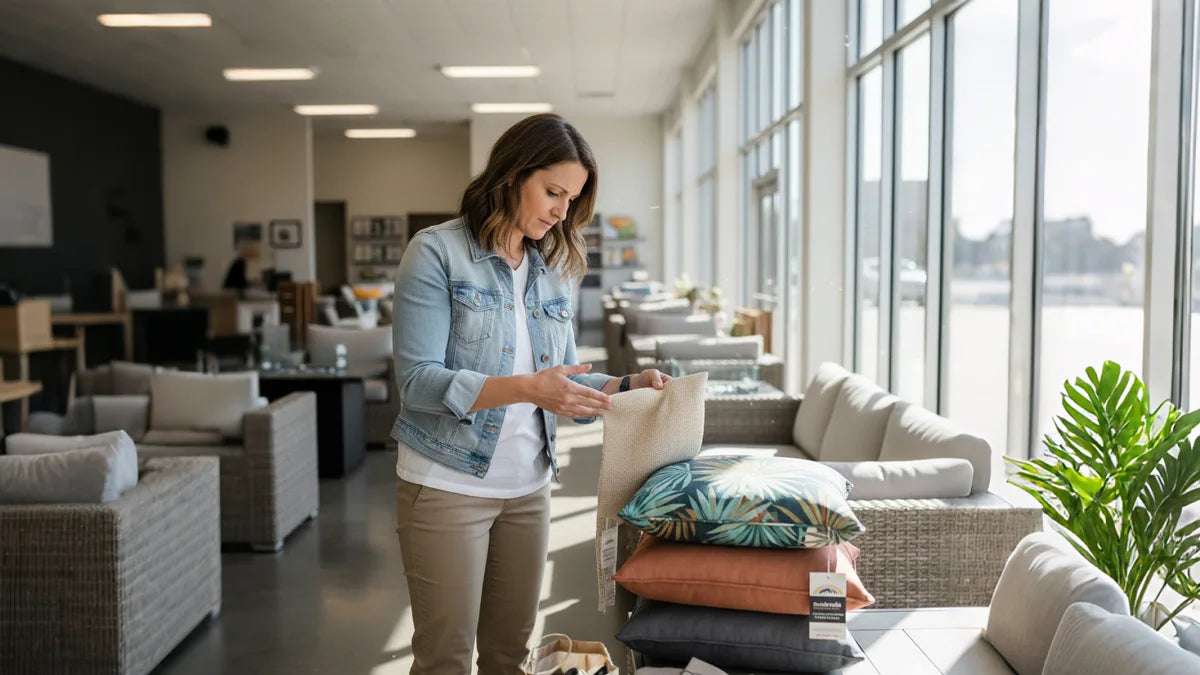
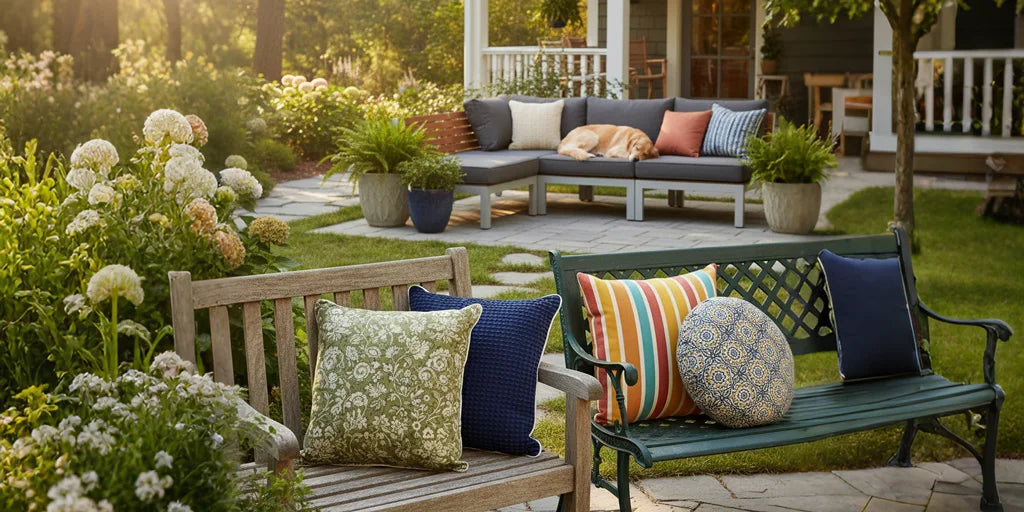
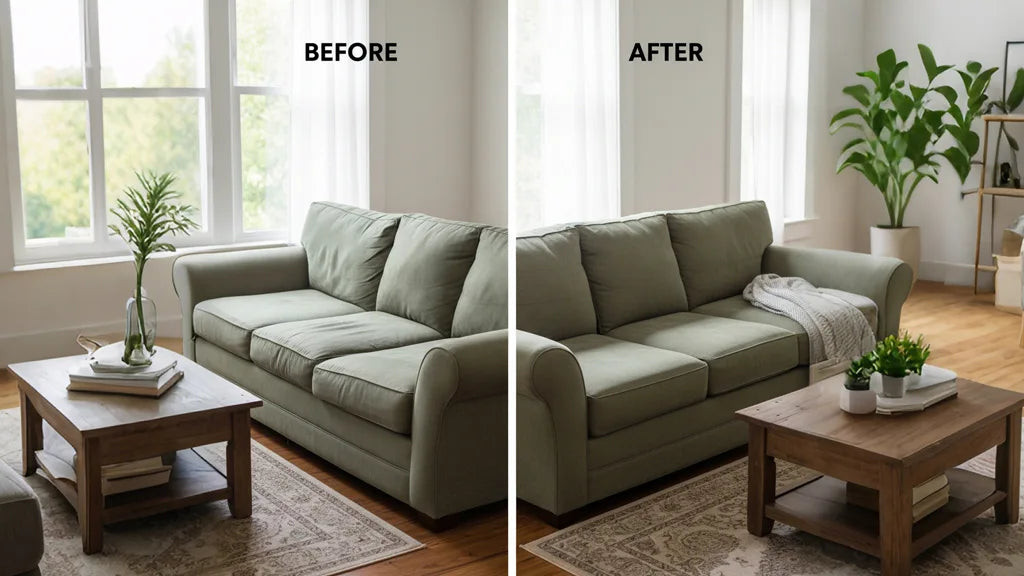
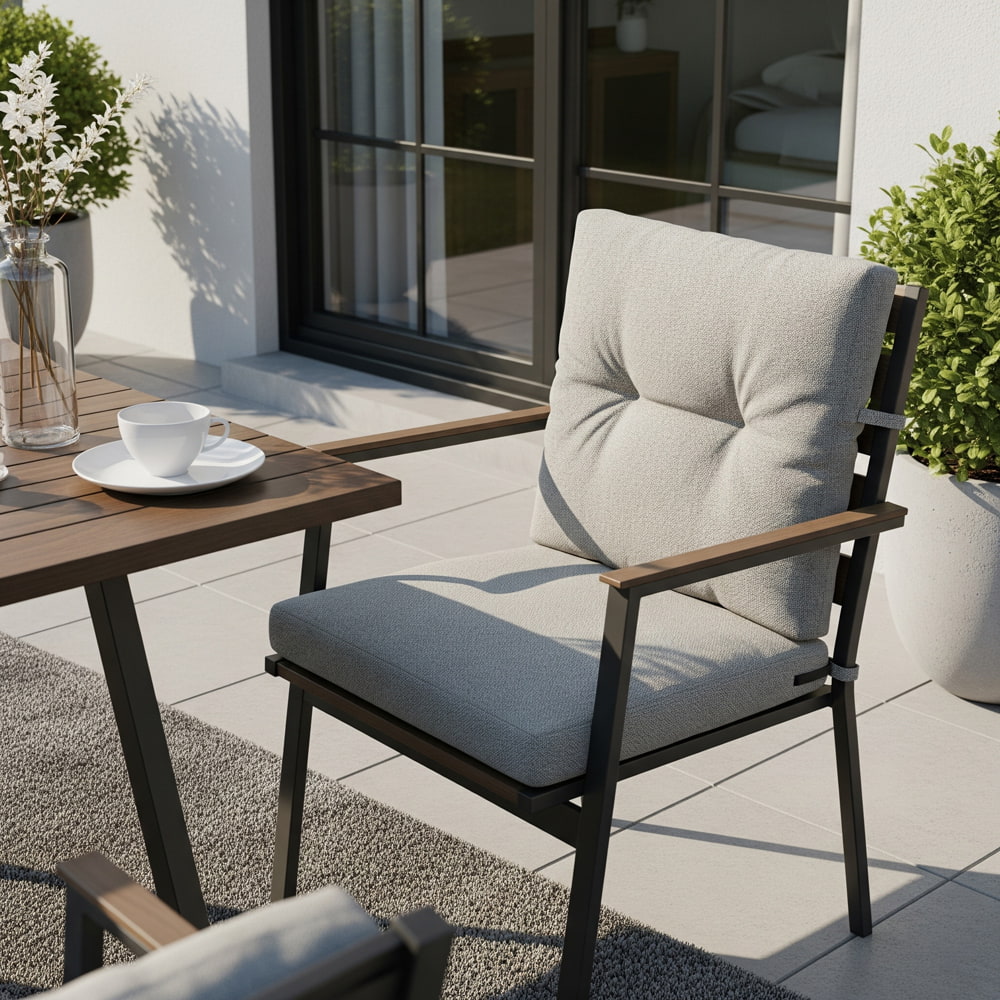
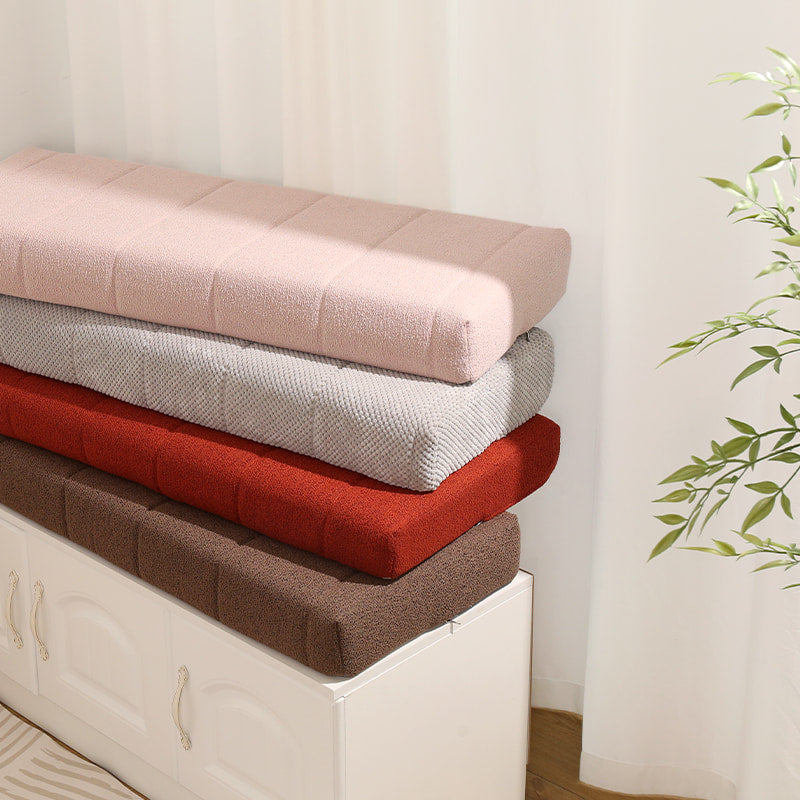
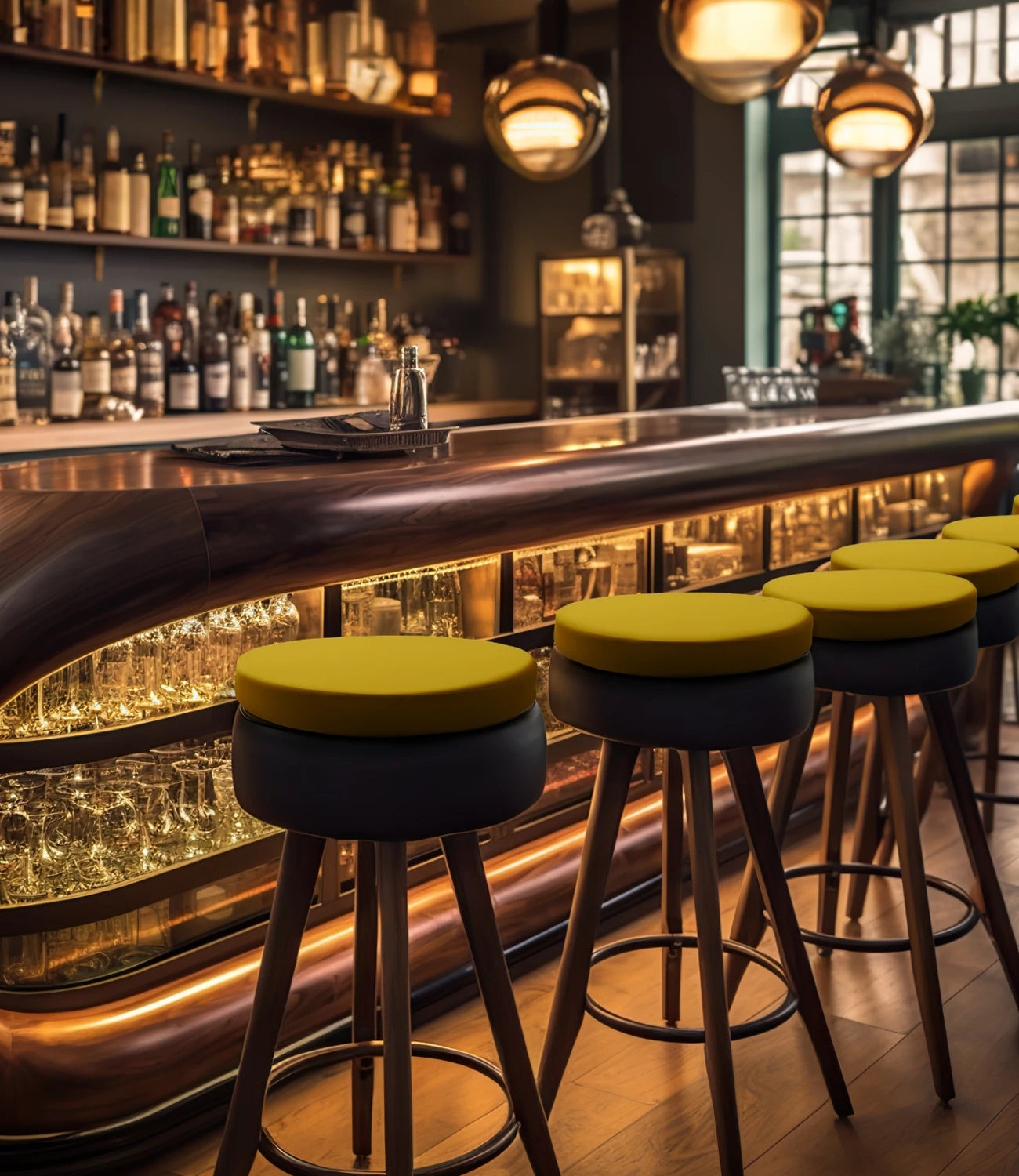
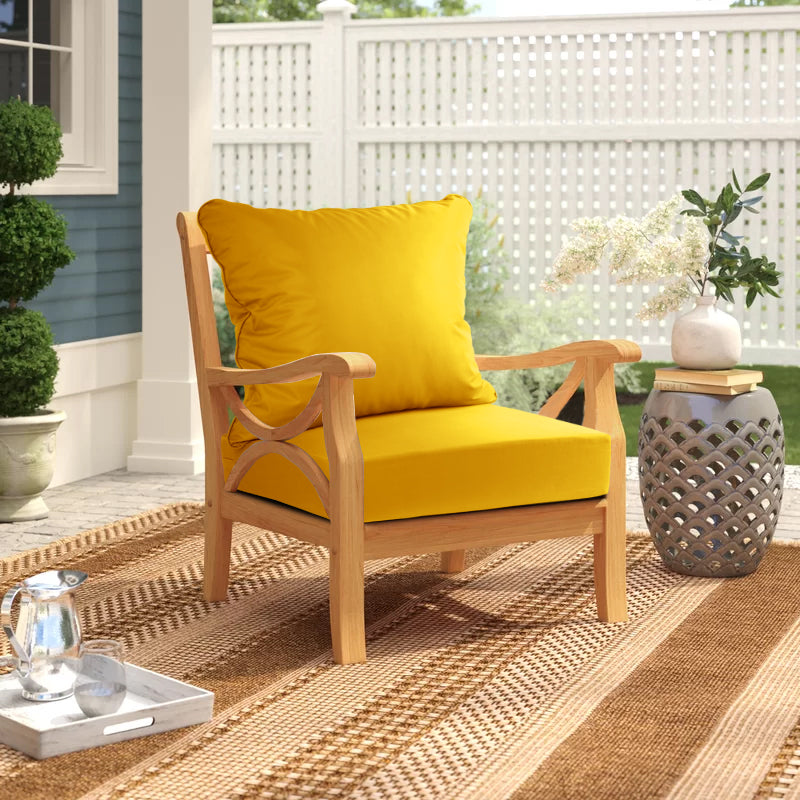
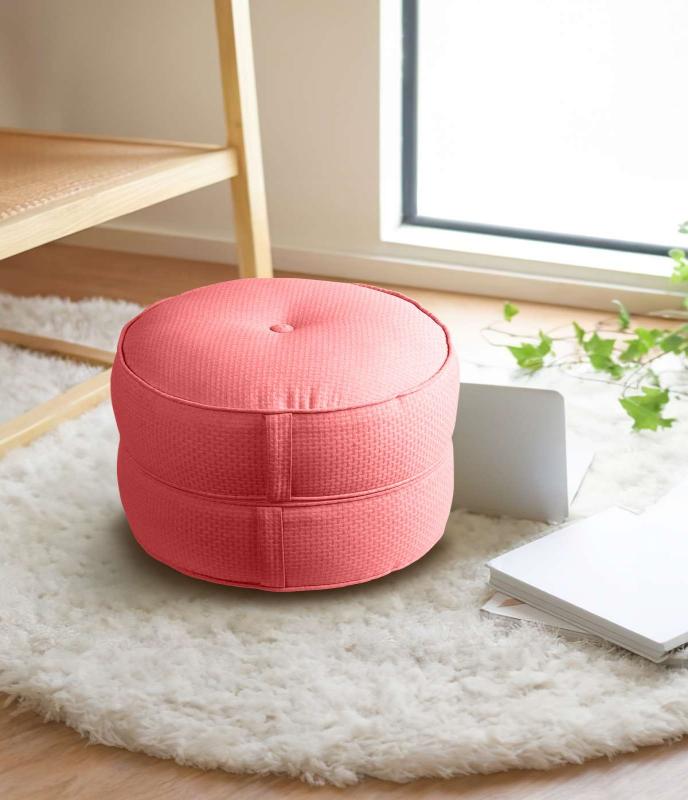
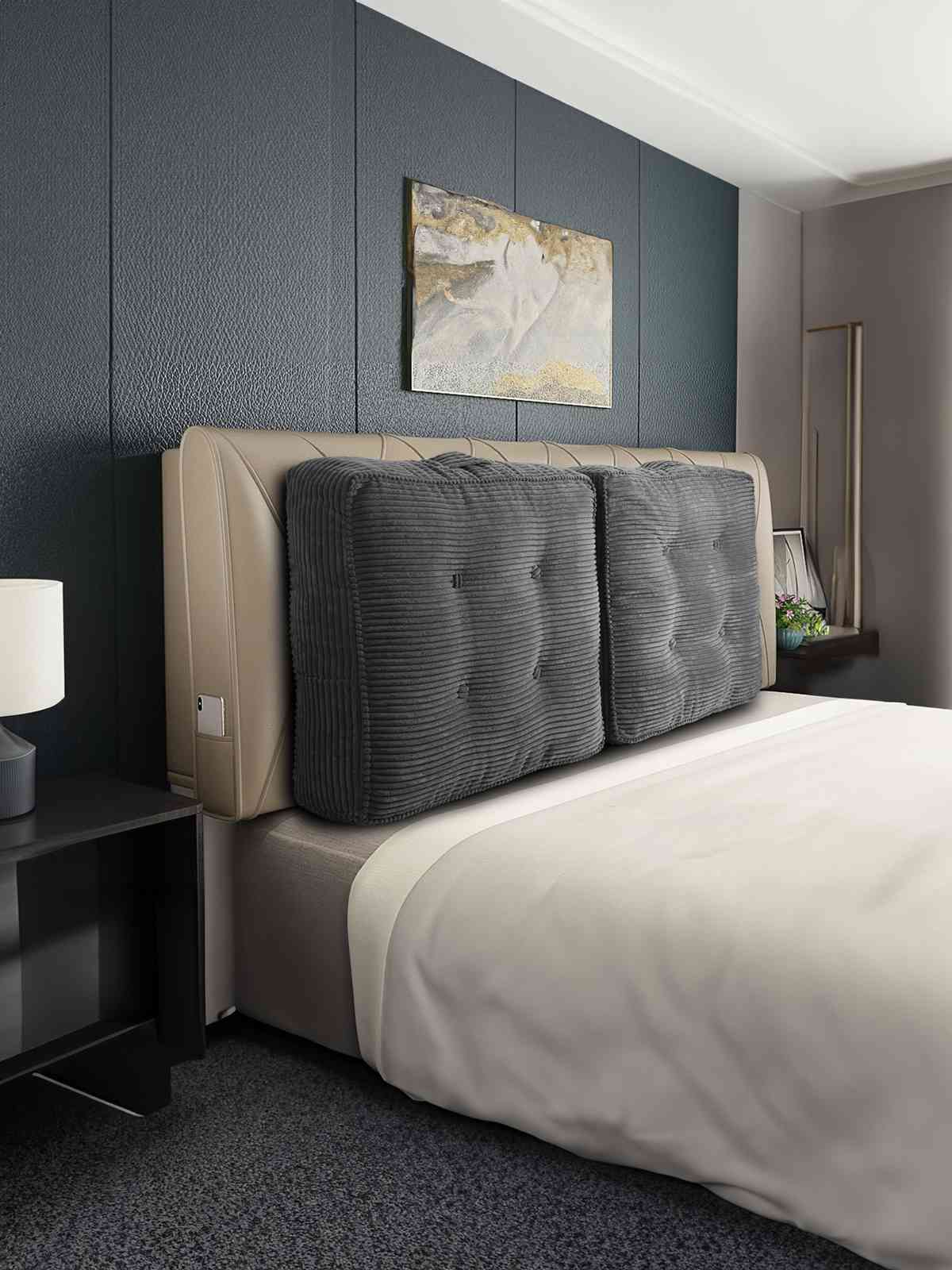
Leave a comment
All comments are moderated before being published.
This site is protected by hCaptcha and the hCaptcha Privacy Policy and Terms of Service apply.